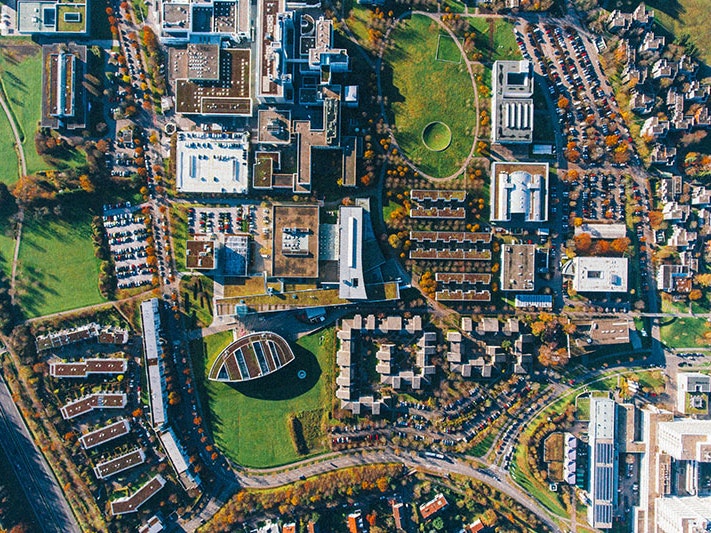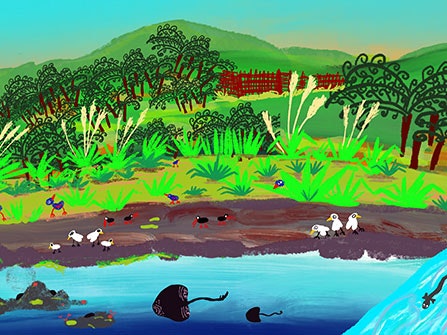
Rich task 1: Me, my selfie, and I
Examine a selfie portrait image and manipulate aspects of adornment to reflect on how identity is communicated.
Free museum entry for New Zealanders and people living in New Zealand
Open every day 10am-6pm
(except Christmas Day)
Free museum entry for New Zealanders and people living in New Zealand
Respond to art through poetry, collaboration, and performance.
We are looking at the ways we can play with language to express personal responses to art.
Through these activities, learners will:
use language to describe the impact of art on them as a viewer or audience
play with poetic conventions to develop a collaborative, spoken word poem.
It often takes time for learners to feel confident about expressing their personal, totally valid, responses to art. By creating a collaborative performance-based task, learners collectively consider their shared experience in relation to the artwork, which enables meaning making in a safe and supportive way. Through using poetic conventions, there are fabulous opportunities for literacy learning too.
In this activity, learners create a ‘collective fizz’ around their experience of an artwork.
Let learners re-familiarise themselves with the artwork – spending time independently, in groups, or as a class experiencing the work. Learners may be lucky enough to see it at Te Papa, otherwise simply project the video clip from the landing page of this resource.
Once learners have all had a chance to experience in Pursuit of Venus [infected], organise everyone into groups of four. In a timed five minutes, learners brainstorm as many nouns, verbs, adjectives, and adverbs as they can to describe Reihana’s work, writing each word on a Post-it note or small card. Encourage learners to be as bold and imaginative as they want – focusing on features such as form, colour, sound, content, and purpose. Once the time is up, learners stick all of their word cards on the board to create a ‘hullabaloo wall’.
On the count of three, let everyone say out loud as many of the words as possible, all at once, all over top of each other – a jumbled pile of spoken words! Now, time to sort them out!
In this activity, learners compose a collaborative spoken word poem.
In pairs, ask learners to compose two lines of poetry, by riffing off the vocabulary words on the wall from the previous activity. Ask learners to think about using some spoken word conventions, such as repetition, metaphor, sound, and volume.
Each pair shares their lines with another pair, forming a square of four learners. Learners determine the order in which to read the collaborative poem, and consider adding music, movement, and varying the rhythm, intonation, and volume. The class may want to record sounds as a backdrop, or play a background rhythm to help with the pace of the poem.
Allow time for learners to rehearse their lines and the ways in which attention will move from one pair to another.
This activity could be adapted so that learners complete it on their own as a personal response to art, or they complete the same task with other pieces of art that are already familiar.
The poem could be recorded on iPads and then layered with the artwork.
In what ways did this activity surprise you?
How do you think the spoken word helps us to express our personal feelings?
What effect does adding a soundscape have on the overall impact of the poem?

Examine a selfie portrait image and manipulate aspects of adornment to reflect on how identity is communicated.

Create a layered, artistic response to the story of the land beneath you and the community that surrounds you.

Inspire others with what you have done! Email us with your learning so we can celebrate and share your awesome mahi!